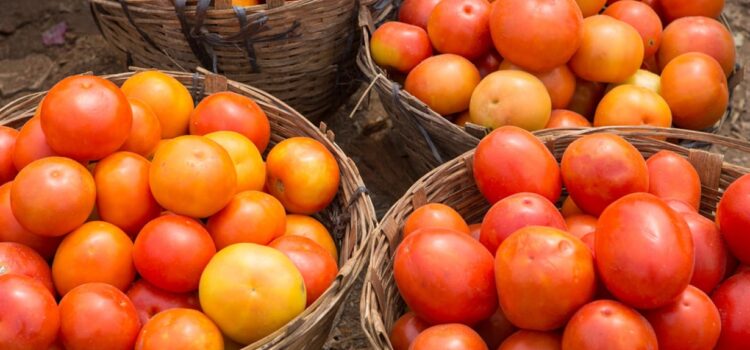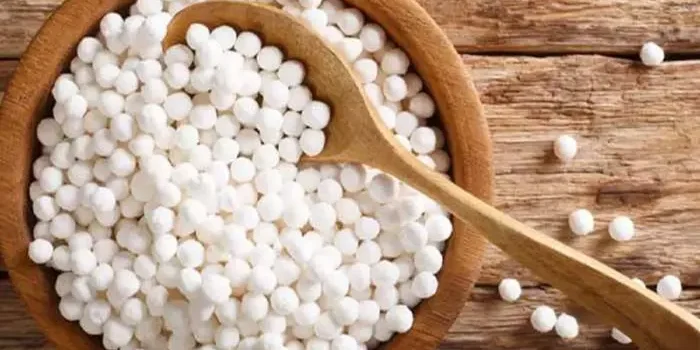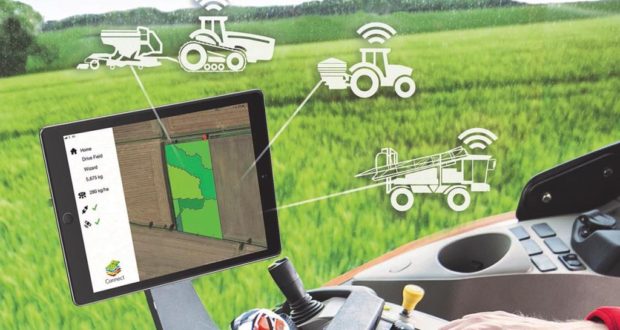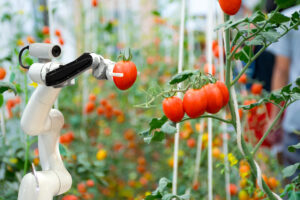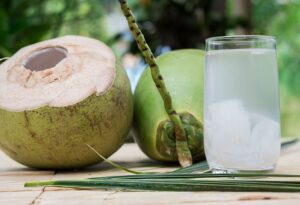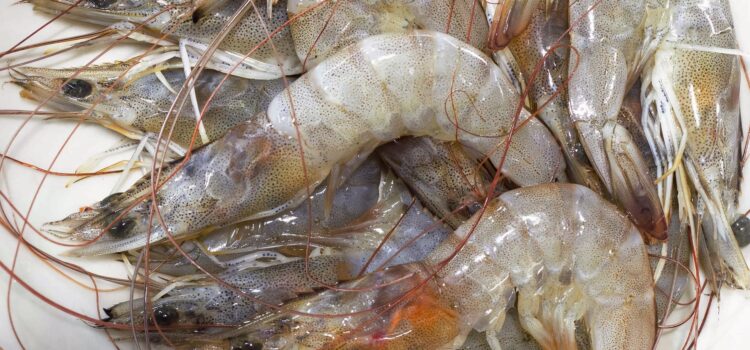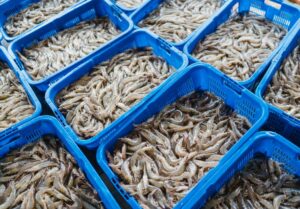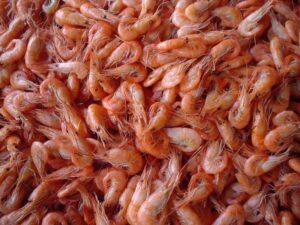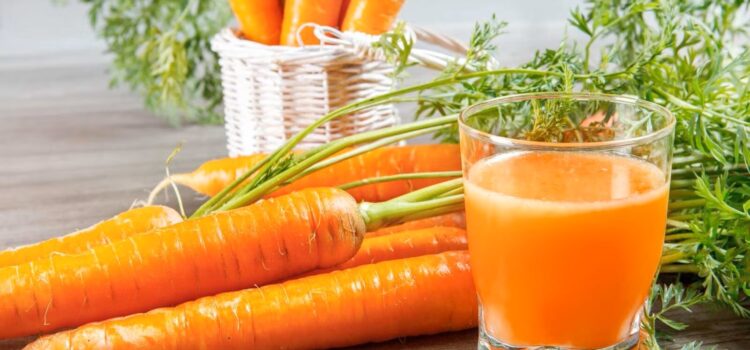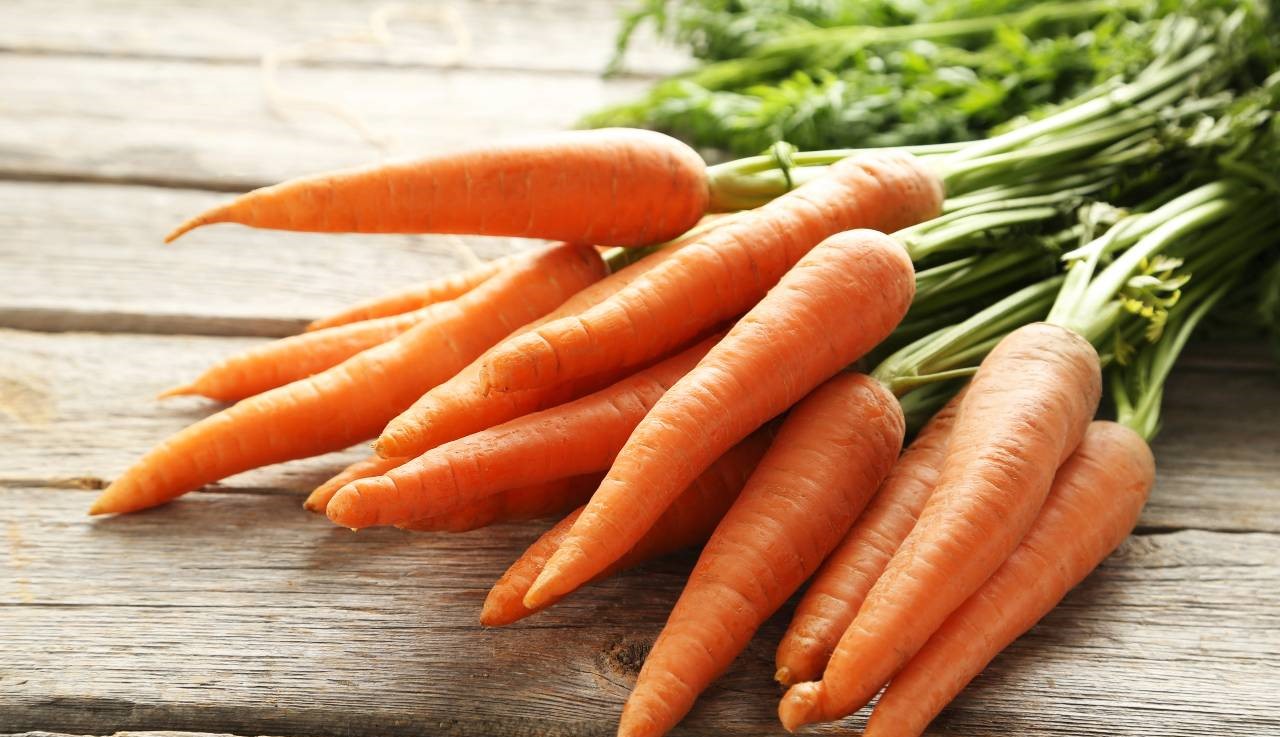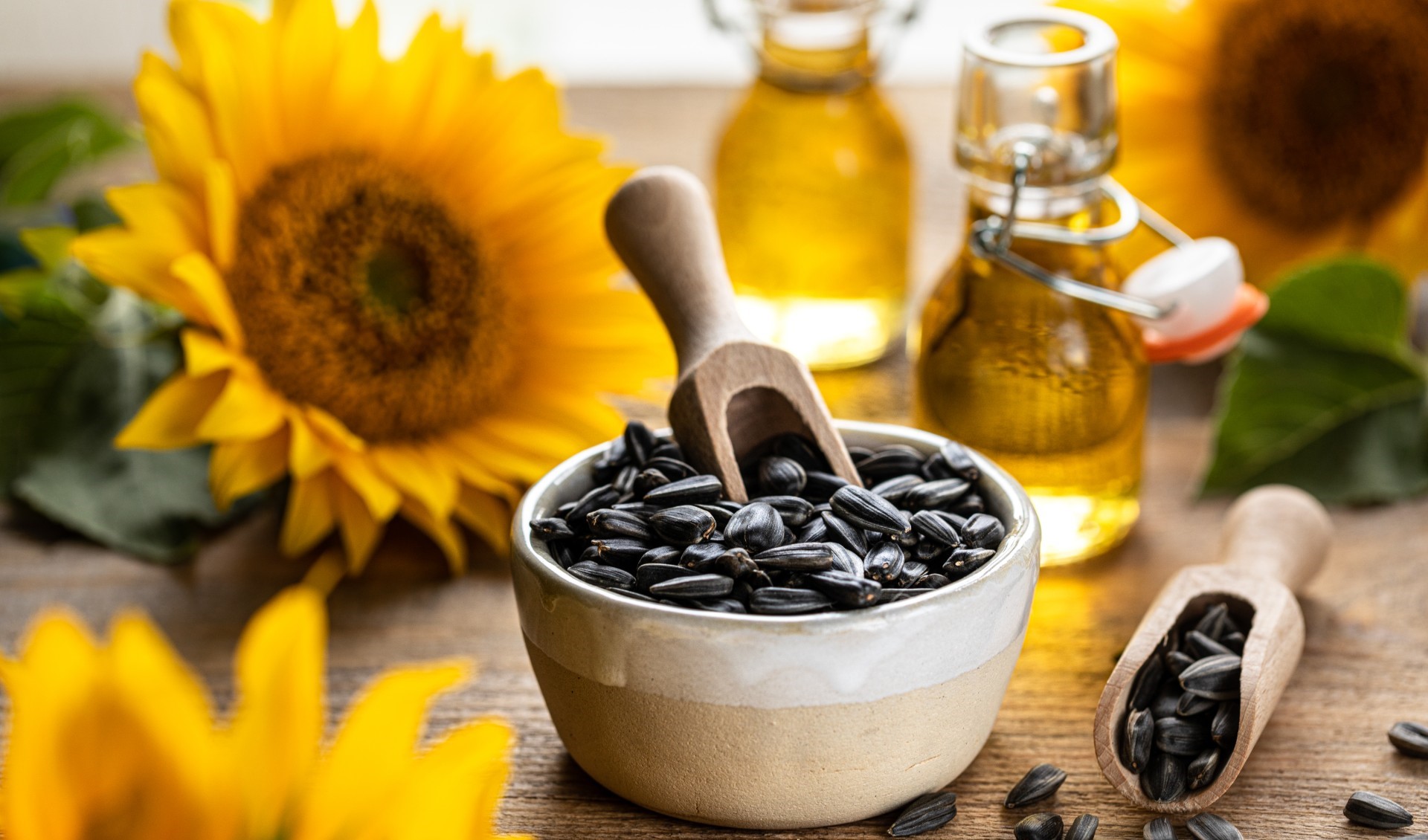Indian Government Schemes in Agriculture Sectors for the welfare of Farmers & Rural Community
The Indian government has implemented several schemes in the agriculture sector to support farmers, promote sustainable farming practices, enhance productivity, and ensure food security. Here are some key government schemes in agriculture in India:
1. Pradhan Mantri Kisan Samman Nidhi (PM-KISAN):
Pradhan Mantri Kisan Samman Nidhi (PM-KISAN) is a central government scheme launched in February 2019 to provide direct income support to small and marginal farmers in India. The scheme aims to address the financial needs of farmers and ensure their well-being by providing them with a fixed amount of money.
Key features of the PM-KISAN scheme include:
Under the PM-KISAN scheme, eligible farmers receive direct income support of Rs. 6,000 per year. This amount is provided in three equal installments of Rs. 2,000 each, credited directly into the bank accounts of the beneficiaries.
The scheme primarily targets small and marginal farmers who own cultivable land. The ownership of land is not a criterion for eligibility; tenant farmers are also eligible to benefit from the scheme.
To ensure the identification and verification of eligible beneficiaries, a centralized database is maintained. States and Union Territories are responsible for the identification and uploading of beneficiary data.
Aadhaar numbers of farmers and their landholding details are used to authenticate and verify the beneficiaries. The direct income support is transferred electronically to the bank accounts of the farmers through the Aadhaar Payment Bridge (APB) system.
The beneficiary data is periodically revised to update the list of eligible farmers. Any additions, deletions, or corrections are made to ensure the accurate and targeted distribution of funds.
-
Administrative Responsibility:
The implementation of the PM-KISAN scheme is the responsibility of the Ministry of Agriculture and Farmers Welfare at the central level. At the state level, the respective state governments are responsible for the registration of farmers, verification of eligibility, and disbursement of funds.
The PM-KISAN scheme aims to provide financial support to farmers to meet their agricultural requirements, purchase inputs, and improve their livelihoods. It intends to address income disparities among farmers and alleviate their financial distress. The scheme has played a significant role in providing direct income support to millions of farmers across India.

2. Pradhan Mantri Fasal Bima Yojana (PMFBY):
PMFBY is an agricultural insurance scheme launched by the Government of India in 2016. The primary objective of PMFBY is to provide affordable crop insurance coverage to farmers against yield losses caused by natural calamities, pests, and diseases. The scheme aims to safeguard the income and livelihoods of farmers and encourage them to adopt modern agricultural practices without the fear of crop failures.
Key features of the PMFBY scheme include:
PMFBY provides comprehensive crop insurance coverage to farmers. It covers all food crops, oilseeds, and commercial/horticultural crops notified by the respective state governments.
The premium rates under PMFBY are heavily subsidized, making the insurance coverage affordable for farmers. The premium rates are fixed based on the crop type, its historical yield data, and the associated risk factors.
The scheme follows a premium sharing mechanism between farmers, the central government, and the respective state governments. The premium is shared in a specified ratio, with farmers paying a minimal portion of the premium, and the rest being borne by the central and state governments.
PMFBY emphasizes prompt and transparent claim settlement. In case of crop losses, farmers are eligible to receive compensation as per the insurance coverage. The claims are settled within a stipulated time frame to ensure timely financial assistance to the affected farmers.
The scheme promotes the use of technology for accurate assessment of crop losses. Remote sensing, satellite imagery, and mobile applications are utilized to assess and verify the extent of crop damage, reducing delays and improving efficiency in claim settlements.
PMFBY is implemented by insurance companies that are empanelled by the government. These companies work in coordination with the state governments and local agricultural departments for effective implementation and claim settlement.
-
Coverage for Post-Harvest Risks:
In addition to the coverage for crop losses during the growing season, PMFBY also provides coverage for post-harvest losses caused by cyclones, unseasonal rainfall, and other specified perils.
The Pradhan Mantri Fasal Bima Yojana has been instrumental in providing financial protection to farmers against crop failures and reducing the financial risks associated with agriculture. It aims to enhance farmers’ confidence, encourage investment in agriculture, and contribute to the overall development of the agricultural sector in India.
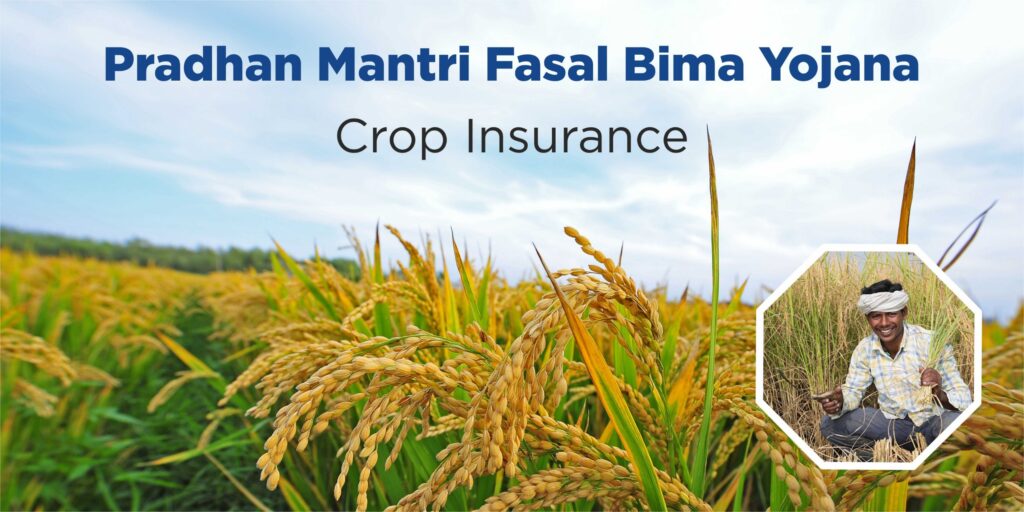
3. e-NAM (National Agriculture Market):
e-NAM (National Agriculture Market) is an online trading platform launched by the Government of India in 2016. It is a pan-India electronic marketplace for agricultural commodities that aims to create a unified national market for farmers, traders, and buyers. e-NAM enables farmers to sell their produce directly to buyers across the country, reducing intermediaries and ensuring fair prices.
Key features of the e-NAM platform include:
e-NAM provides a digital platform for farmers to sell their agricultural produce online. It connects various physical mandis (agricultural marketplaces) across states, allowing farmers to access a larger pool of potential buyers.
-
Transparent Price Discovery:
e-NAM facilitates transparent price discovery for agricultural commodities. The platform displays real-time price information, including the highest bid and lowest ask prices, enabling farmers to make informed decisions regarding the selling price of their produce.
-
Multiple Market Participation:
Farmers can participate in e-NAM from their local mandis, enabling them to access buyers beyond their traditional local market. This expands market opportunities for farmers and enhances their bargaining power.
e-NAM ensures prompt payment to farmers for their sold produce. The platform facilitates electronic payment systems, reducing delays in payment and ensuring timely financial transactions.
-
Quality Testing and Grading:
e-NAM offers quality testing and grading services for agricultural produce. This helps standardize the quality of commodities and enables farmers to get a fair price based on the quality of their produce.
-
Reduced Transportation and Storage Costs:
e-NAM eliminates the need for physical transportation of produce to distant markets. Farmers can list their produce on the platform, and buyers can directly purchase it from the local mandi, reducing transportation costs and post-harvest losses.
e-NAM provides market-related information to farmers, such as commodity prices, arrivals, demand, and market trends. This empowers farmers with crucial information for making selling decisions and planning their agricultural activities.
e-NAM introduces a single trading license system, which allows traders to participate in multiple markets across states using a single license. This promotes ease of doing business and encourages increased participation from traders.
e-NAM aims to revolutionize agricultural marketing in India by bringing transparency, efficiency, and competitiveness to the process of buying and selling agricultural commodities. The platform facilitates a more direct connection between farmers and buyers, reducing the role of intermediaries and enabling farmers to get better prices for their produce.
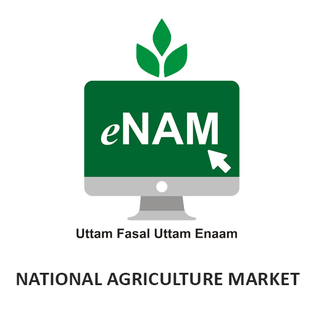
4. Soil Health Card Scheme:
The Soil Health Card Scheme is an initiative launched by the Government of India in 2015 to assess and provide information about the nutrient status of soils to farmers. The scheme aims to promote sustainable farming practices by enabling farmers to make informed decisions regarding fertilizer use and soil health management.
Key features of the Soil Health Card Scheme include:
Under the scheme, soil samples are collected from farmers’ fields and sent to accredited soil testing laboratories for analysis. The samples are tested for various parameters, including macronutrients (nitrogen, phosphorus, potassium), micronutrients, pH level, organic carbon content, and soil fertility status.
Based on the analysis results, farmers receive Soil Health Cards. These cards provide comprehensive information about the nutrient content of their soil, recommended dosage of fertilizers, and specific soil management practices to maintain or improve soil health.
-
Customized Recommendations:
The Soil Health Cards provide customized recommendations based on the specific nutrient requirements of different crops and the soil’s nutrient status. This helps farmers optimize fertilizer use, reduce input costs, and prevent overuse or underuse of fertilizers.
-
Periodic Testing and Updation:
Soil testing and issuance of Soil Health Cards are conducted periodically, typically every two to three years. This ensures that farmers have access to up-to-date information about their soil’s health and can make necessary adjustments in their farming practices.
The Soil Health Card Scheme also emphasizes farmer training and awareness programs. Farmers are educated about the importance of soil health management, the interpretation of Soil Health Cards, and the adoption of appropriate soil conservation and fertility enhancement measures.
-
Integrated Nutrient Management:
The scheme promotes the adoption of Integrated Nutrient Management (INM) practices. INM involves combining organic manures, crop residues, biofertilizers, and judicious use of chemical fertilizers to optimize nutrient availability and promote sustainable soil fertility.
A centralized database is maintained to store soil test results, card issuance details, and other related information. This helps in monitoring and tracking the implementation of the scheme across different regions.
The Soil Health Card Scheme aims to empower farmers with knowledge about their soil’s health and fertility, enabling them to make informed decisions on fertilization and nutrient management. By promoting balanced nutrient application and sustainable farming practices, the scheme aims to enhance crop productivity, improve soil health, and promote long-term sustainability in agriculture.
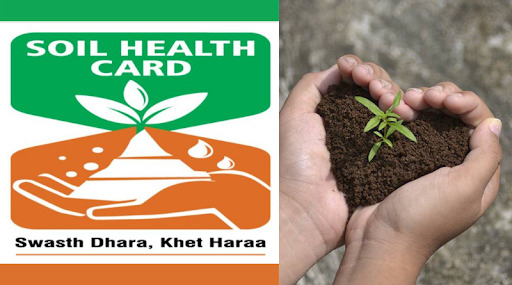
5. Pradhan Mantri Krishi Sinchai Yojana (PMKSY):
Pradhan Mantri Krishi Sinchai Yojana (PMKSY) is a central government scheme launched in 2015 with the objective of enhancing water use efficiency in agriculture and ensuring the availability of water for irrigation purposes. The scheme focuses on creating water infrastructure, promoting precision irrigation techniques, and encouraging efficient water management in the agricultural sector.
Key features of the PMKSY scheme include:
PMKSY adopts an integrated approach by combining various existing irrigation schemes and resources to optimize water usage. It integrates water resources, distribution systems, and technology for effective water management in agriculture.
-
Accelerated Irrigation Benefit Programme (AIBP):
The AIBP component of PMKSY aims to fast-track the completion of ongoing irrigation projects and create new irrigation infrastructure. It focuses on completing incomplete projects to enhance irrigation potential and improve water availability for farmers.
-
Har Khet Ko Pani (Water to Every Field):
PMKSY emphasizes the implementation of micro-irrigation techniques such as drip irrigation and sprinkler irrigation to promote efficient water use. The scheme encourages farmers to adopt these water-saving techniques, which help reduce water wastage and increase crop productivity.
PMKSY promotes “Per Drop More Crop” as its motto, highlighting the need for efficient water management. The scheme aims to enhance water use efficiency through measures like moisture conservation, water-saving practices, and crop alignment with available water resources.
PMKSY includes the implementation of watershed development activities to conserve water, prevent soil erosion, and improve groundwater recharge. Watershed management measures such as construction of check dams, contour bunding, and afforestation are undertaken to conserve water resources.
PMKSY promotes convergence and coordination among various departments, agencies, and stakeholders involved in water management, agriculture, and irrigation. It aims to optimize resource utilization and avoid duplication of efforts for effective implementation of water-related schemes.
-
Monitoring and Evaluation:
PMKSY emphasizes the establishment of monitoring and evaluation mechanisms to track the progress of implementation and assess the impact of the scheme. Regular monitoring helps identify bottlenecks, address issues, and ensure efficient utilization of resources.
The Pradhan Mantri Krishi Sinchai Yojana aims to improve water efficiency, enhance agricultural productivity, and promote sustainable water management practices in the agriculture sector. By focusing on irrigation infrastructure development, micro-irrigation techniques, and watershed management, the scheme aims to ensure water availability for irrigation and contribute to the overall growth of the agricultural sector in India.
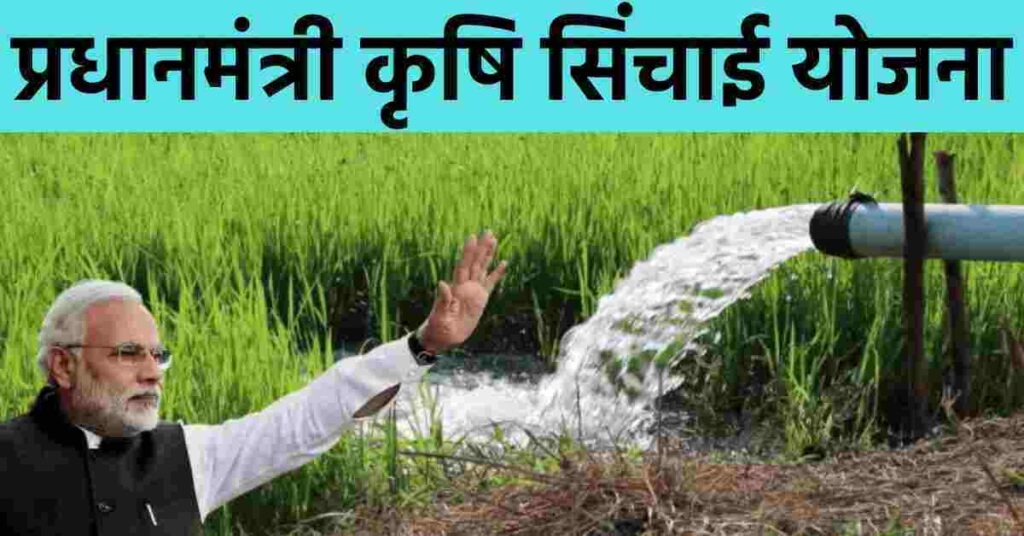
6. Paramparagat Krishi Vikas Yojana (PKVY):
Paramparagat Krishi Vikas Yojana (PKVY) is a government scheme launched in 2015 by the Ministry of Agriculture and Farmers Welfare, Government of India. The scheme promotes organic farming practices and aims to enhance soil health, biodiversity, and farmers’ income through the adoption of traditional and indigenous agricultural practices.
Key features of the Paramparagat Krishi Vikas Yojana include:
-
Organic Farming Promotion:
PKVY focuses on promoting organic farming practices and reducing the use of chemical fertilizers and pesticides. It encourages farmers to adopt organic farming methods to enhance soil fertility, reduce environmental pollution, and promote sustainable agriculture.
PKVY follows an area-based approach, where a cluster of farmers practicing organic farming is identified. These clusters are known as “Paramparagat Krishi Vikas Kendras” or Traditional Farming Development Centers. Farmers within a cluster work collectively to adopt and promote organic farming techniques.
Under PKVY, financial assistance is provided to farmers for organic certification. The scheme supports farmers in obtaining third-party organic certification, which adds value to their produce and helps access premium markets.
-
Capacity Building and Training:
PKVY emphasizes capacity building and training of farmers in organic farming practices. Farmers are provided with training on organic inputs, composting techniques, biofertilizers, pest management, and other aspects of organic farming through workshops, demonstrations, and training programs.
PKVY aims to create market linkages for organic produce. Efforts are made to connect organic farmers with markets, including organic food companies, retailers, and direct marketing channels, to ensure fair prices for their organic produce.
Financial assistance is provided to farmers to support the transition from conventional farming to organic farming. The scheme covers various components such as organic inputs, biofertilizers, vermicomposting, and the establishment of seed banks for traditional and indigenous varieties.
-
Monitoring and Evaluation:
PKVY emphasizes monitoring and evaluation of the organic farming practices being implemented under the scheme. Regular inspections are conducted to ensure compliance with organic farming standards and guidelines.
The Paramparagat Krishi Vikas Yojana aims to promote organic farming practices, conserve biodiversity, and enhance soil health while improving the livelihoods of farmers. By encouraging the adoption of traditional and indigenous agricultural knowledge, the scheme aims to create a sustainable agricultural system that reduces the dependence on synthetic inputs and promotes eco-friendly farming practices.
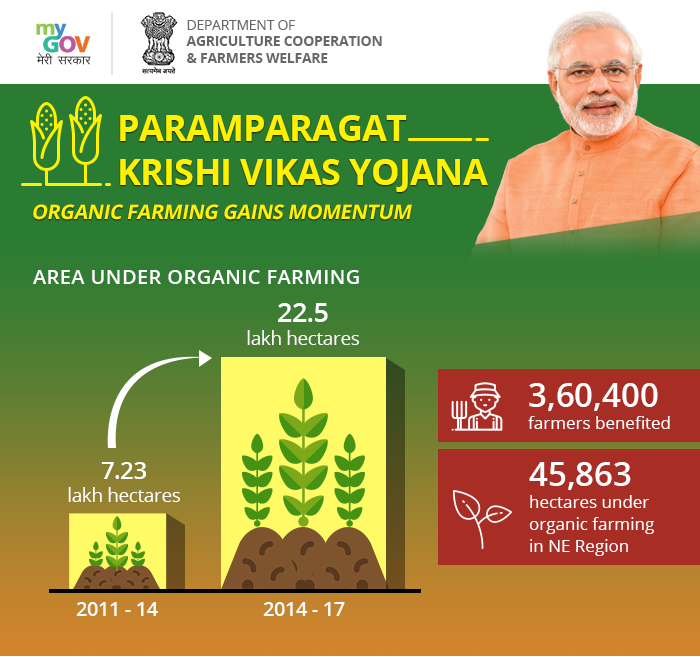
7. Kisan Credit Card (KCC) Scheme:
The Kisan Credit Card (KCC) Scheme is a government initiative launched in 1998 by the Ministry of Agriculture and Farmers Welfare, Government of India. The scheme aims to provide timely and adequate credit support to farmers for their agricultural and allied activities, enabling them to meet their production and investment needs.
Key features of the Kisan Credit Card Scheme include:
The KCC scheme enables farmers to access credit from financial institutions such as banks and cooperative societies. Farmers are issued Kisan Credit Cards, which act as a credit line to meet their short-term credit requirements.
-
Simplified Application Process:
The application process for the KCC scheme is simplified, making it easier for farmers to apply for credit. The required documentation and formalities are minimal, enabling farmers to obtain credit quickly and conveniently.
Kisan Credit Cards provide farmers with a flexible credit limit based on their agricultural needs. The credit limit is determined based on the farmer’s landholding, cropping pattern, expected expenses, and repayment capacity.
The KCC scheme allows farmers to utilize credit for various agricultural purposes, including crop production, post-harvest expenses, farm mechanization, working capital requirements, purchase of inputs, and allied activities like animal husbandry, poultry, fisheries, etc.
-
Revolving Credit Facility:
The KCC provides farmers with a revolving credit facility, meaning they can withdraw and repay credit multiple times within the sanctioned credit limit. This flexibility enables farmers to manage their cash flow and address their financial requirements as per their farming cycles.
The government provides interest subsidy to eligible farmers under the KCC scheme. Farmers who repay their loans promptly and on time can avail of the interest subsidy, reducing their cost of borrowing.
Many KCC schemes also include insurance coverage for farmers to protect them against crop failures, accidents, or other contingencies. This insurance coverage provides financial security to farmers and ensures the repayment of their loans in case of unforeseen circumstances.
The KCC scheme emphasizes timely repayment of loans by farmers. It encourages disciplined repayment behavior and enables farmers to maintain a good credit record, enhancing their future access to credit.
The Kisan Credit Card Scheme plays a crucial role in providing farmers with timely and hassle-free credit support. It aims to address the credit needs of farmers, promote agricultural activities, and contribute to their overall economic well-being.
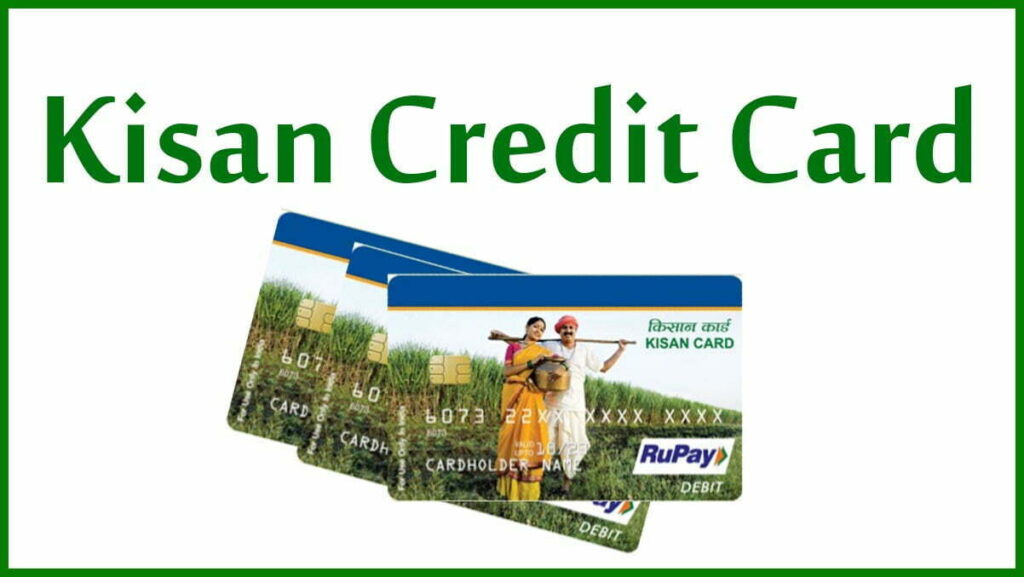
8. Rashtriya Krishi Vikas Yojana (RKVY):
Rashtriya Krishi Vikas Yojana (RKVY) is a centrally sponsored scheme launched in 2007 by the Government of India. The scheme aims to promote holistic development and growth of the agricultural sector by providing financial support to state governments for various agricultural development activities.
Key features of the Rashtriya Krishi Vikas Yojana include:
Under RKVY, financial assistance is provided to state governments for implementing agricultural development projects and programs. The funds allocated under the scheme are used for a wide range of activities aimed at enhancing agricultural productivity, promoting technology adoption, and improving agricultural infrastructure.
RKVY adopts a decentralized planning approach, allowing state governments to formulate their agricultural development plans based on local needs and priorities. The scheme encourages states to prepare their perspective plans and project proposals for approval and funding.
RKVY supports area-specific projects that cater to the specific requirements of different regions. This includes projects related to irrigation, horticulture, animal husbandry, farm mechanization, soil health management, organic farming, and post-harvest management, among others.
-
Technology Dissemination:
RKVY emphasizes the dissemination of advanced agricultural technologies and practices. The scheme supports initiatives that focus on technology transfer, training programs, demonstrations, and capacity building of farmers to adopt modern agricultural practices.
-
Infrastructure Development:
RKVY allocates funds for the development of agricultural infrastructure, including irrigation facilities, cold storage units, market yards, farm mechanization centers, processing units, and rural agri-business centers. This helps in improving value chain infrastructure and market linkages for agricultural produce.
-
Monitoring and Evaluation:
RKVY emphasizes monitoring and evaluation of the implementation of projects and programs supported under the scheme. Regular monitoring and evaluation help in assessing the progress, identifying bottlenecks, and ensuring effective utilization of funds.
RKVY aims to empower farmers by promoting farmer-centric initiatives. The scheme supports activities like farmer producer organizations (FPOs), farmer resource centers, seed banks, and agri-clinics to enhance farmers’ access to inputs, markets, and knowledge.
The Rashtriya Krishi Vikas Yojana plays a vital role in catalyzing agricultural development in India. It provides financial support to state governments for the implementation of agricultural projects and programs, promoting technology adoption, infrastructure development, and the well-being of farmers. The scheme aims to ensure sustainable and inclusive agricultural growth across the country.
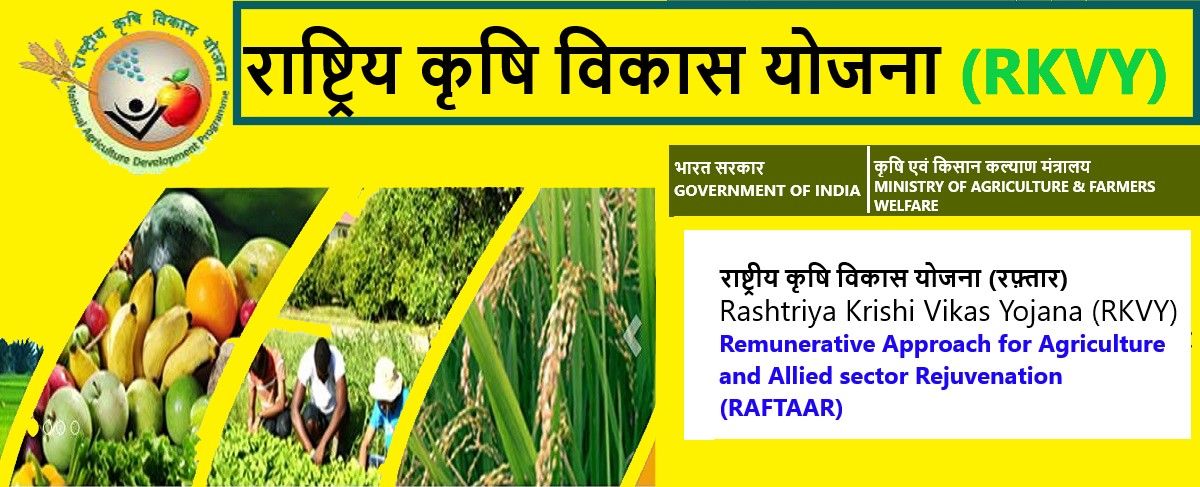
9. National Food Security Mission (NFSM):
The National Food Security Mission (NFSM) is a centrally sponsored scheme launched by the Government of India in 2007. The mission aims to increase the production and productivity of food crops, ensure food security, and enhance the income of farmers. It focuses on increasing the production of rice, wheat, pulses, and coarse cereals.
Key features of the National Food Security Mission include:
NFSM primarily focuses on increasing the production of four key food crops: rice, wheat, pulses (including tur, moong, urad, and lentils), and coarse cereals (including maize, jowar, bajra, and ragi). These crops are crucial for ensuring food security and addressing nutritional requirements.
-
Technological Interventions:
NFSM promotes the adoption of improved technologies and agricultural practices to enhance crop productivity. It emphasizes the use of high-yielding seed varieties, improved crop management practices, balanced nutrient application, integrated pest management, and efficient water management techniques.
-
Demonstration and Training:
The mission conducts demonstrations and training programs to educate farmers about the recommended agronomic practices and technologies. These programs aim to enhance farmers’ knowledge and skills, enabling them to adopt best practices for improved crop production.
NFSM supports the distribution of quality seeds to farmers, ensuring their availability and accessibility. It focuses on the timely supply of improved seed varieties that are suitable for specific agro-climatic regions, helping farmers achieve higher yields.
The mission emphasizes soil health management to enhance soil fertility and productivity. It promotes the use of organic manures, integrated nutrient management, soil testing, and balanced fertilizer application to optimize nutrient availability and improve soil health.
NFSM encourages the adoption of farm mechanization technologies to reduce drudgery and enhance operational efficiency. It supports the availability of farm machinery and equipment at affordable prices, enabling farmers to mechanize various agricultural operations.
NFSM aims to improve market access for farmers and enhance their income. It facilitates market linkages, value chain development, and promotes farmers’ participation in price discovery mechanisms. This helps farmers obtain better prices for their produce and increases their profitability.
NFSM focuses on building the capacity of farmers, agricultural extension workers, and other stakeholders. It conducts training programs, workshops, and awareness campaigns to disseminate knowledge, new technologies, and good agricultural practices.
The National Food Security Mission plays a vital role in increasing food production, improving farm income, and ensuring food security in India. By promoting technological interventions, enhancing farmers’ skills, and addressing critical aspects of crop production, the mission contributes to sustainable agricultural development and supports the welfare of farmers.
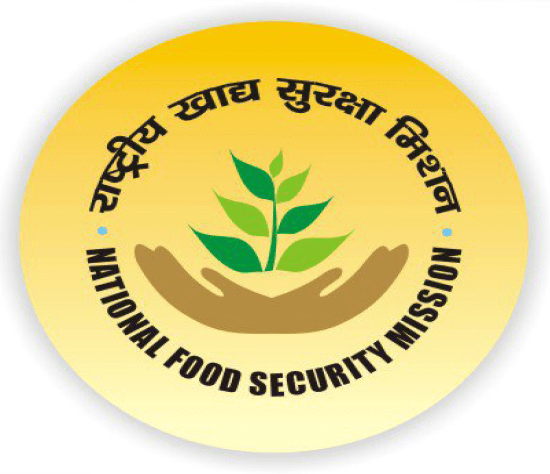
10. Pradhan Mantri Annadata Aay Sanrakshan Abhiyan (PM-AASHA):
Pradhan Mantri Annadata Aay Sanrakshan Abhiyan (PM-AASHA) is a government scheme launched in 2018 to ensure remunerative prices for farmers’ agricultural produce and protect them from price fluctuations. The scheme aims to provide a safety net to farmers and improve their income security.
Key features of the Pradhan Mantri Annadata Aay Sanrakshan Abhiyan include:
-
Price Support Scheme (PSS):
Under the PSS component of PM-AASHA, the government provides price support to farmers for selected agricultural commodities. If the market prices of these commodities fall below the Minimum Support Price (MSP), the government procures them directly from farmers at the MSP to ensure they receive remunerative prices.
-
Price Deficiency Payment Scheme (PDPS):
PDPS is another component of PM-AASHA that offers an alternative to physical procurement. Under this scheme, if the selling price of a crop in the market falls below the MSP, farmers are compensated for the difference between the MSP and the selling price directly into their bank accounts.
-
Pilot of Private Procurement & Stockist Scheme (PPPS):
PPPS is a pilot initiative of PM-AASHA aimed at involving private players in procurement operations. Private entities are allowed to procure crops at the MSP in designated areas, ensuring that farmers have multiple options to sell their produce and receive remunerative prices.
-
Procurement Infrastructure Development:
PM-AASHA focuses on strengthening the procurement infrastructure by providing support for the development of storage facilities, warehousing, and other post-harvest management infrastructure. This infrastructure helps in the efficient procurement, storage, and preservation of agricultural produce.
-
Farmer Awareness and Training:
The scheme emphasizes creating awareness among farmers about MSP, market trends, and price fluctuations. Training programs are conducted to educate farmers on the benefits of PM-AASHA, proper storage practices, and marketing strategies.
PM-AASHA covers various agricultural commodities, including cereals (such as wheat, rice), pulses, oilseeds, and raw cotton. The coverage may vary from state to state based on the specific cropping patterns and priorities.
-
Market Intelligence and Information:
The scheme facilitates the collection and dissemination of market intelligence and information to farmers. This helps them make informed decisions about selling their produce, understanding market trends, and planning their farming activities accordingly.
Pradhan Mantri Annadata Aay Sanrakshan Abhiyan (PM-AASHA) aims to address the price-related challenges faced by farmers and ensure their income security. By providing price support, alternative procurement mechanisms, and strengthening procurement infrastructure, the scheme seeks to protect farmers’ interests and promote their well-being.



